Conforming loan limits for 2021

When applying for a mortgage, one of the most popular options is a conforming loan. These loans are called “conforming” because they conform to the guidelines set by Fannie Mae and Freddie Mac, federally backed home mortgage companies created by the U.S. Congress to boost homeownership. What do Fannie Mae and Freddie Mac Do?These entities […]
The difference between a 30 and 15-year fixed mortgage

A mortgage term is how long it will take you to repay the loan in full. There are a few term options, but most common are 15 or 30-year terms. Both mortgage options are fixed rate meaning the interest rate and monthly payment is set when the loan is taken. A fixed-rate makes it much […]
5 tax deductions homeowners can use
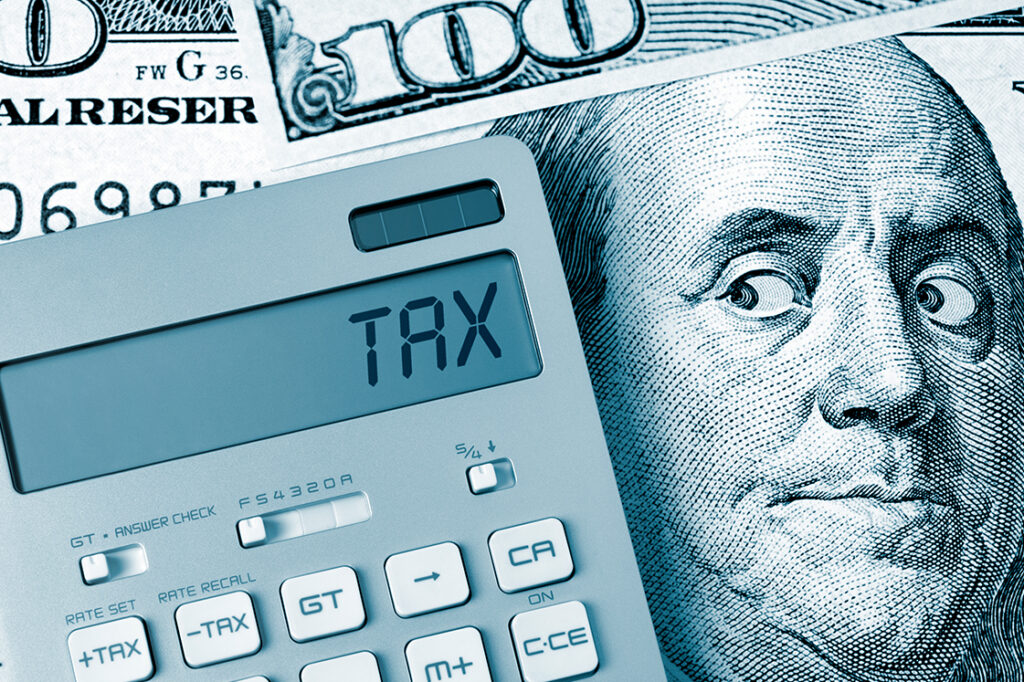
One of the perks of being a homeowner is getting to use your home for tax deductions. Tax deductions reduce how much you pay in taxes by lowering your taxable income. When filing your annual taxes, you can use standard or itemized deductions. Standard deductions are a set amount deducted from your adjusted gross income […]
Tips for first-time home buyers

Whether it’s your first time buying a home or it’s been a few years since you last bought one, knowing where to start is your first step towards finding a home that fits your needs. Save for a down paymentThe amount of money you’ll need for a down payment depends on the type of loan […]
Financial benefits of owning a home
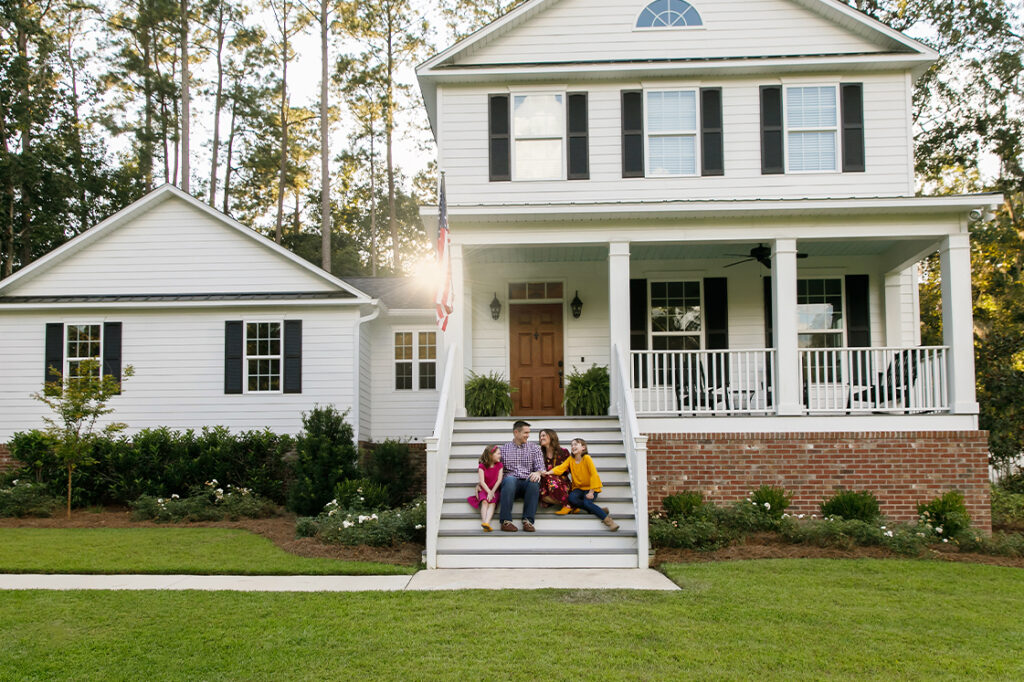
Buying a home has long been considered part of the American dream. But when you consider a home as a financial investment, is it a good choice? Below is a review of some big financial benefits of homeownership. Build equity Equity is the value of the property you actually own. As example, if your home […]
What happens when a home lender checks your credit?
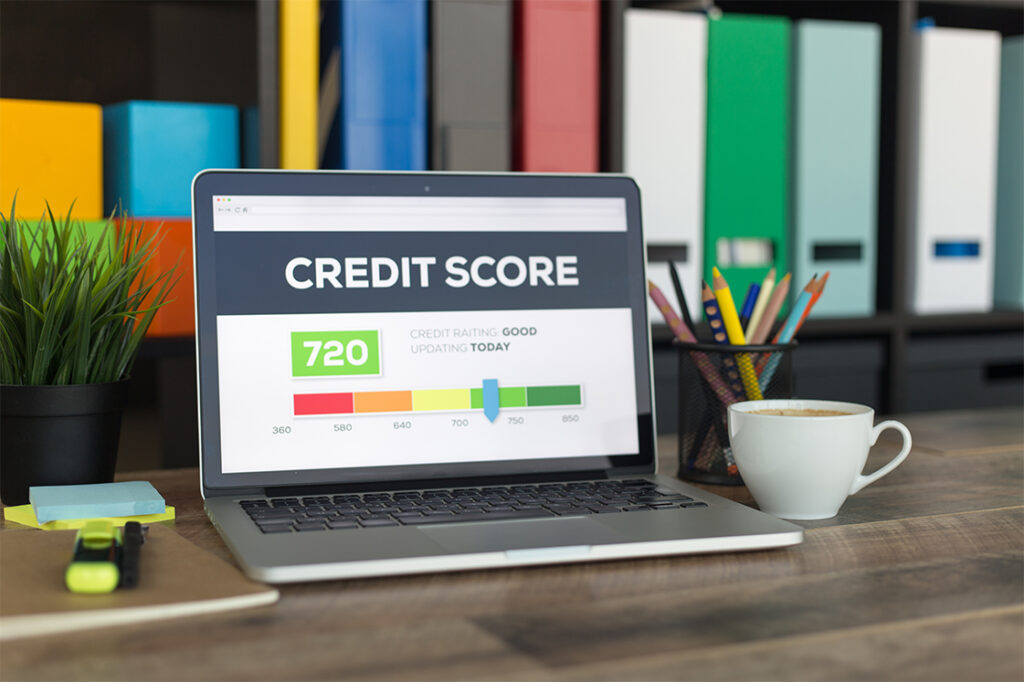
One of the first steps in applying for a loan is having a home loan lender check your credit to see what you’d qualify for. What does that mean and what impact will it have on your credit score? Your lender will see your credit reportYou begin building your credit history with your first credit […]
Answers to common construction loan questions
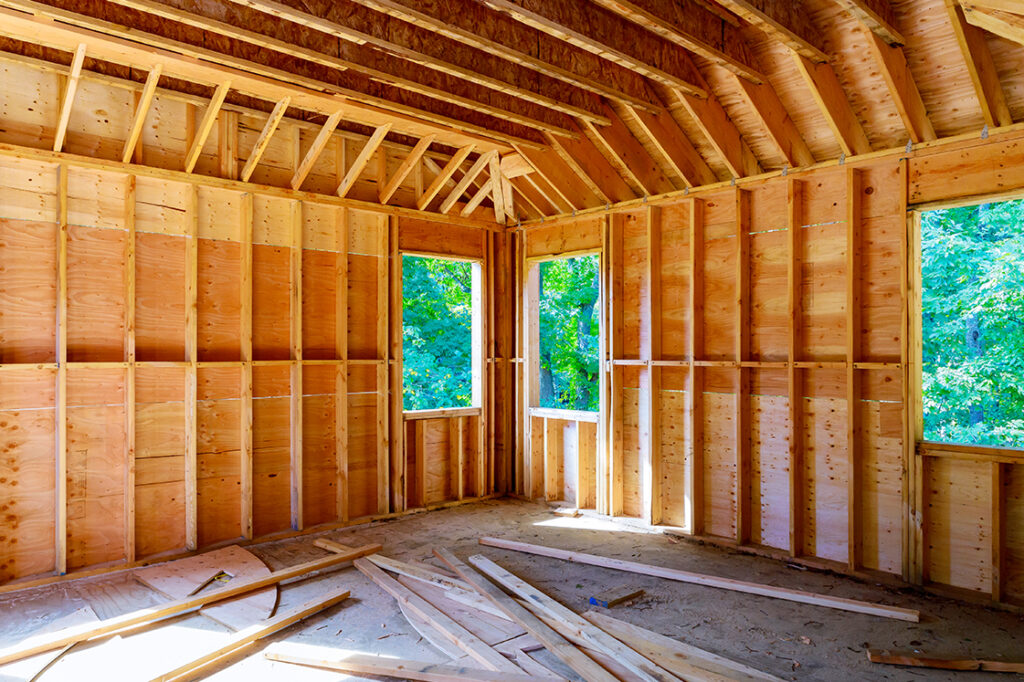
What’s unique about a construction loan?It’s a short-term (usually 12 to 18 months) loan used for the materials and labor needed to construct a home. Sometimes, the funds are also used to purchase the lot the house will be built upon. The interest rate for a construction loan is typically around 1% higher than mortgage […]
Renovation and construction loans shine in a sellers’ market
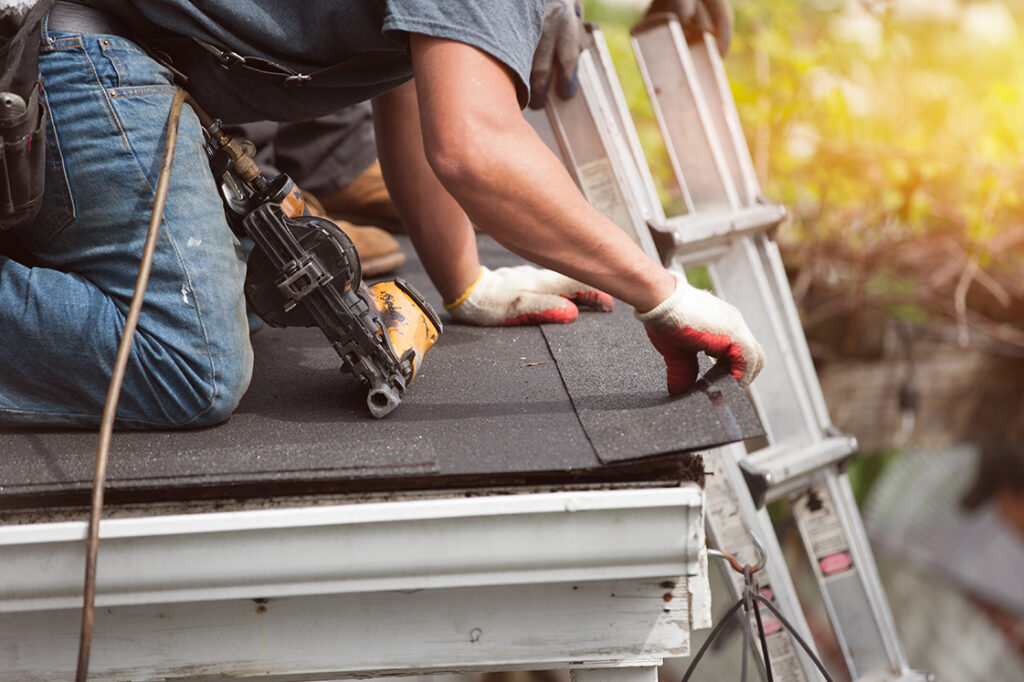
All across the country, home buyers are struggling to purchase a new house. When we see what’s happening in the market, it’s easy to see why: Average changes in February 2020 vs February 2021Inventory is down – 48.6% fewer homes on the marketHomes are selling faster – 12 days less on the marketHome prices are […]
Now is a great time for a renovation loan
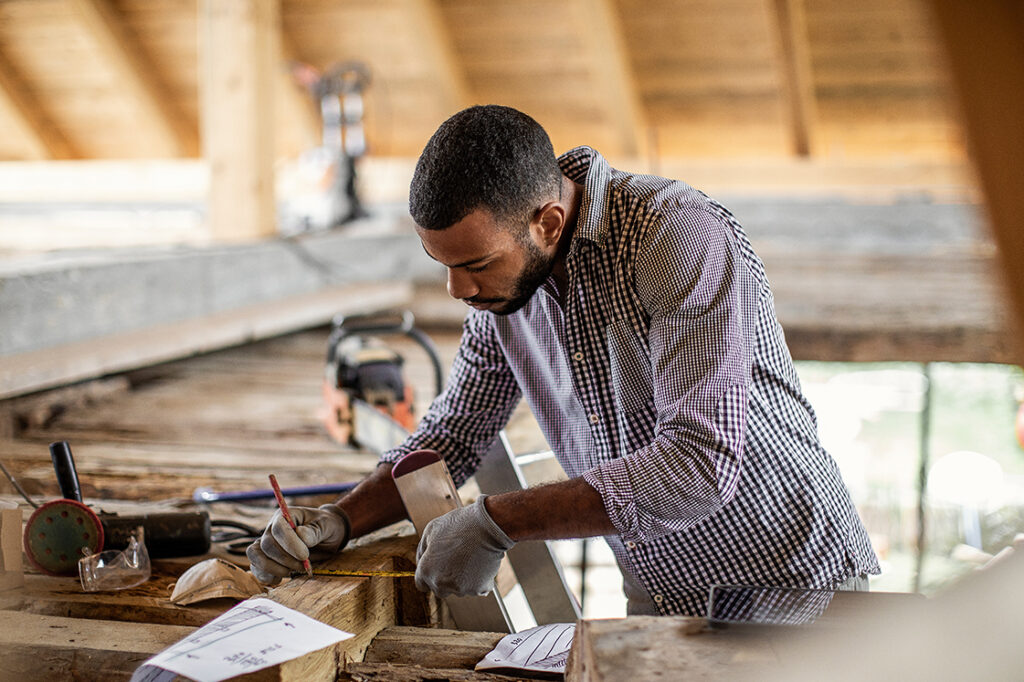
If you’re looking to purchase a new home but are struggling to find one you can afford, you’re not alone. Across the country, inventory is low and bidding wars are the norm. In the hottest markets (Austin, Phoenix, Nashville), homes are listed for a week or less before they have more than a dozen offers […]
Getting a mortgage for a tiny home?

What counts as a tiny home? What defines a tiny house (also called tiny homes) is, of course, their size. A tiny house is considered a home under 400 square feet (the average traditional home was 2,301 square feet in 2019). Some are built on permanent foundations with a septic tank and solar panels, but most often they’re built on trailers so they […]

